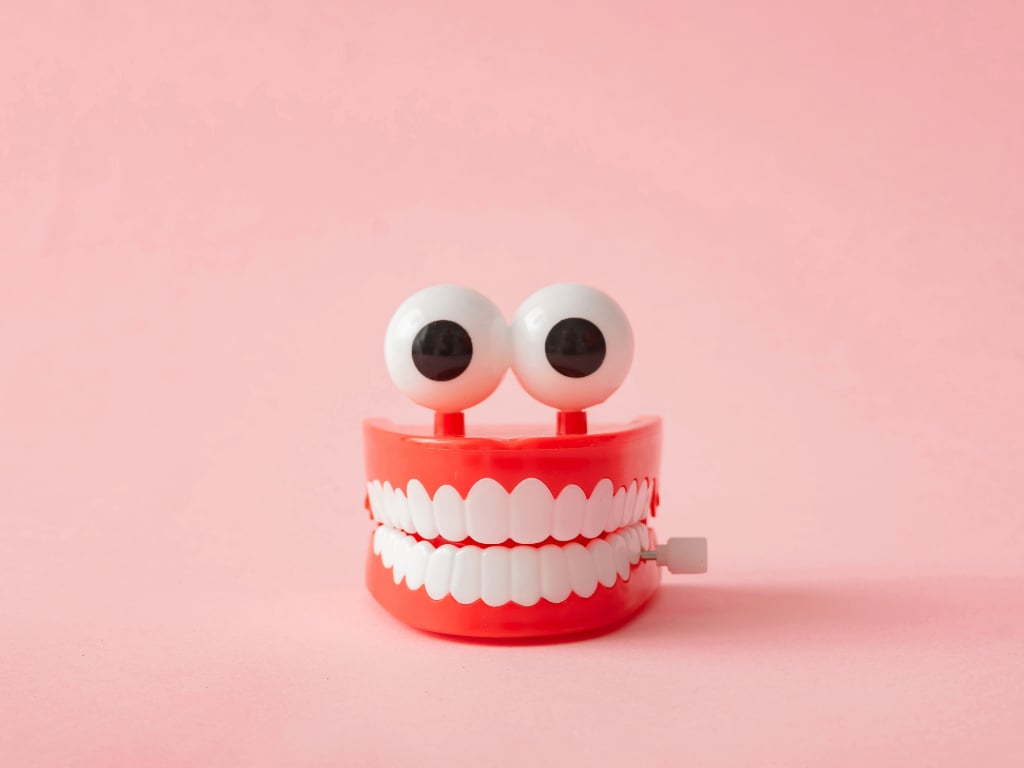
Autism rates have reached alarming heights in the past few decades: One in 88 children in the US has the disorder today. For an idea of how quickly rates have skyrocketed, the ratio was 1 in 750 children in the 1970s, says Lee Grossman of the online community resource Autism Today. And while increasingly more children are being diagnosed every day, major changes are in store for the official definition of autism spectrum disorder, worrying parents and autism advocates alike.
In the following Q&A, Grossman explains his own story of having a family member with autism and candidly tells us where the US is failing when it comes to supporting autism awareness.
You have a very personal tie to autism. Can you share your story?
I have a son who is autistic. He’s 24 now. This has been more than a 20-year journey for me. It took me a long time to find a doctor who eventually diagnosed my son. Today, people say, “Oh that was in the early ’90s, the understanding wasn’t as great as it is now.” That’s very true, I’ll give them that. But the sad fact is when I was at the Autism Society for all those years, we took calls from families who had the same story, and it didn’t matter if it was the ’90s or 2011–my story of having the delay and difficulty to diagnose my son is still very common today.
How prevalent is autism in the Washington area?
Most of my work is done on the national level, and what I have found in just about every part of the country–and I don’t see any difference here–is that the rates have just dramatically increased, and we don’t know exactly why. There are many reasons that are given as probable causes, such as the broadening of the definition of autism. I would agree that plays into the increasing numbers. We’ve seen a tremendous increase in the numbers that went far beyond the examples the CDC reported. So it’s not only prevalent here in the DC metro area, the numbers are growing around the world, as well.
Back in January, the American Psychiatric Association proposed changing the Diagnostic and Statistic Manual of Mental Disorder’s definition of autism by narrowing the criteria for diagnosis. What kind of response have you received since this announcement?
It’s a very difficult discussion because of the impact it has on the autism community. The concern I have–and I don’t hear it being raised enough–is the disruption or removal of services and supports that an individual may have as a result of these changes, when and if they do occur.
They really should stay put once and if the DSMV changes are approved and implemented, so that the services for everyone who currently has them will not stop or be affected.
Families and individuals are struggling right now–and in most cases with minimal and barely appropriate services and support. To have those taken away, or even the threat of them being taken away, has caused a great deal of concern in the autism community, and rightly so.
What should parents be on the lookout for if they’re concerned about their child?
If they have an older child who has some sort of developmental delay, they should be very concerned about their second child. If the older child has autism, there’s a 20 percent chance the second child will have autism. If the first child has autism, there’s a 50 percent chance the other will have some sort of developmental issues.
You want to evaluate the child and look at his or her mental and emotional development in additional to physical development. Some of the signs immediately encountered are a lack of eye contact, difficulty transitioning from one activity to another, particularly obsessive nature with objects or games, not getting along with peers, and difficulty in communication or not communicating at all. If those signs are present, it doesn’t necessarily mean anything is wrong, but the parents should talk to their pediatrician.
Why has the association proposed to narrow the definition of autism?
In their studies they’ve shown that by narrowing the definition, the disorder can be better defined and diagnosed. Their research shows–and I’m not the expert, but I’ve gone through it enough–it will not affect the number of people that will be diagnosed today. Basically, it’ll give a stronger emphasis on the three core aspects of autism (autistic disorder, Asperger syndrome, and pervasive developmental disorder). But I would argue that the current categorization under DSM IV meets that criteria.
Autism is more prominent among boys than girls. Is there a reason for that?
No, but there is speculation. Studies have come out, but nothing truly verifies why this is. However, the numbers of girls getting diagnosed is rising, and there are various reasons for that. One is that higher-functioning girls are being diagnosed much later for whatever reason. Another is just greater awareness of autism. Professionals typically looked at the conditions affecting males, and when a girl presents herself [with symptoms], sometimes the professional doesn’t recognize the symptoms being associated with autism.
More reports have come out saying that some autistic children can benefit from intensive therapy when it comes to achieving better social skills. Have you witnessed this before in your work?
Yes, I’ve seen this happen. It’s very hard to determine at the beginning of the intervention or therapy how well the outcome will be for any individual. But almost in every case, if it’s an appropriate intervention or treatment, the person will benefit from it greatly. There has been great success with children who received not only an early diagnosis, but early intervention afterward that is multidisciplinary: speech, occupational, and recreational therapy in an inclusive setting where they are interacting with typical peers. In many cases, these children have improved to the point where they’re indistinguishable from peers.
What could the US be doing better to raise awareness on autism and treatments?
We have tremendous awareness today, but what we’re not seeing is acceptance. If you have acceptance for people with autism, then you would have adequately funded and appropriate services and support. If you’ve accepted people with autism, you would provide them with types of educational and medical interventions and support for families, which would provide higher quality of life and maximize potential as they age. That is not happening. When people with autism–and it doesn’t matter if they’re high-functioning or require a lot of support–receive the appropriate help early, their lives can be significantly improved. What we’re seeing for the most part is that services and support for this community are inadequate and inappropriate.
Lee Grossman has been working with the autism community for more than 20 years, first at the grassroots level as president and CEO of the Autism Society and now at the national level, speaking about disability and human rights at the United Nations and sitting on a number of government health boards. He lives in DC with his wife and three children.


















